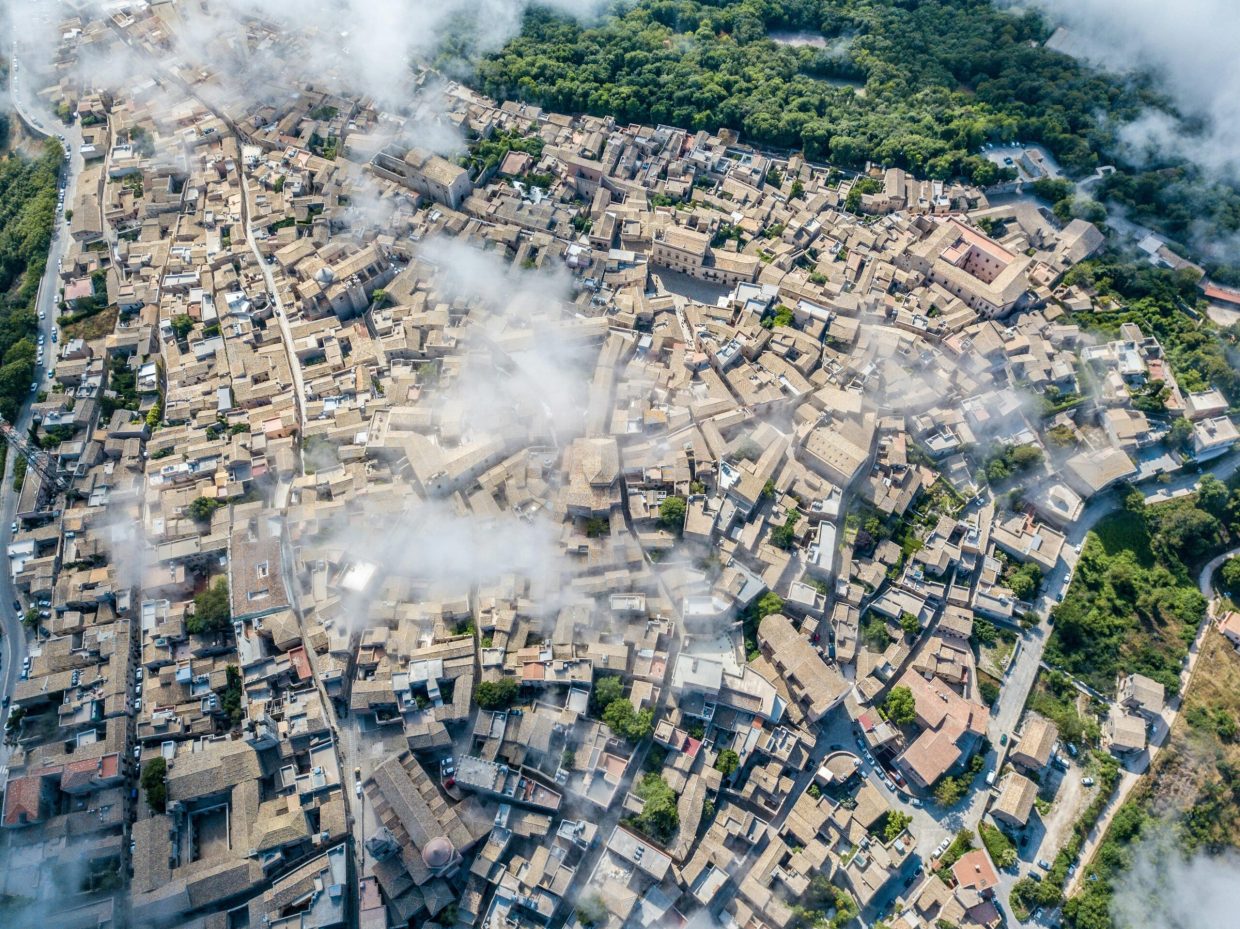War leaves marks far beyond the battlefield — it reshapes cities in ways that ripple through everyday life and the very streets we walk on. From shattered buildings to reinvented neighborhoods, the impact of conflict on urban spaces is profound and often unexpected. In this blog post, we’ll explore how war transforms cities, changing not just their skylines but also how people live, connect, and rebuild. Whether it’s the rise of new infrastructure or the challenges communities face in recovery, understanding these changes helps us appreciate the resilience and creativity that emerge from even the darkest times. Let’s dive into the fascinating ways war reshapes urban life!
Table of Contents
- The Impact of War on City Architecture and Public Spaces
- How Conflict Reshapes Daily Life and Community Connections
- Rebuilding Smarter Cities After the Fallout
- Practical Tips for Urban Planning in Post-War Recovery
- Concluding Remarks
The Impact of War on City Architecture and Public Spaces
War often leaves an indelible mark on the physical landscape of cities, reshaping architecture and public spaces in profound ways. Buildings once celebrated for their historical and cultural significance may face destruction or be repurposed to meet urgent military needs. This transformation extends beyond mere damage; it challenges architects and urban planners to rethink cityscapes under the pressures of survival and reconstruction. Innovative designs emerge, prioritizing resilience, adaptive reuse, and fortified structures that can withstand future conflicts or natural disasters.
Public spaces, which typically act as social hubs, also undergo dramatic changes. Parks and squares sometimes become temporary shelters, medical facilities, or strategic headquarters. Post-war revitalization efforts often turn these spaces into symbols of hope, incorporating memorials and community gathering spots designed to heal and unite. Key changes observed include:
- Adaptive reuse of war-damaged buildings to serve new civic purposes.
- Strengthened infrastructure that factors in potential future conflicts or emergencies.
- Revamped public spaces celebrating resilience with greenery, art installations, and monuments.
- Integration of modern technology to enhance security and urban functionality.
How Conflict Reshapes Daily Life and Community Connections
When war disrupts a city, everyday routines quickly unravel, forcing residents to adapt to new realities marked by scarcity and uncertainty. Community gatherings that once thrived in vibrant public spaces are replaced by cautious, often fragmented interactions held in safer, less visible locations. The familiar hum of urban life—cafés buzzing, children playing in parks, neighbors sharing stories—fades into silence or is tinged with tension as distrust and fear seep into social dynamics. People learn to navigate curfews, checkpoints, and blackout periods, which redefine when and how they can engage with both the city and each other.
Yet, amid this upheaval, unexpected acts of solidarity emerge, reshaping social bonds and community structures. Informal networks develop to address immediate needs, such as sharing food, medical supplies, or information about safe zones. These grassroots efforts often rely on:
- Neighborhood watch groups coordinating safety patrols
- Pop-up markets replacing damaged commercial hubs
- Volunteer-run childcare centers supporting working families
- Online communities enhancing communication and resource sharing
Such adaptations highlight the resilience and creativity of urban populations, proving that even in the darkest times, connection and cooperation remain lifelines for survival and hope.
Rebuilding Smarter Cities After the Fallout
After the devastation of war, cities face a unique opportunity to not just restore what was lost but to *innovate* and evolve. The focus shifts from mere reconstruction to creating urban environments that are resilient, sustainable, and technologically advanced. This transformation includes integrating smart grids for energy efficiency, deploying AI-powered traffic systems to reduce congestion, and expanding green spaces to improve air quality and community well-being. Cities can leverage data-driven urban planning to anticipate future challenges and adapt dynamically to changing needs, making life safer and more vibrant for residents.
Key strategies for rebuilding smarter cities include:
- Utilizing modular construction techniques for rapid and flexible rebuilding
- Implementing sustainable materials that reduce environmental impact
- Incorporating advanced communication networks for enhanced connectivity
- Fostering inclusive urban designs that prioritize accessibility and equity
By embracing these innovative approaches, cities emerge stronger, turning past tragedies into a blueprint for a future where urban life is more connected, efficient, and humane.
Practical Tips for Urban Planning in Post-War Recovery
Rebuilding cities after conflict requires a blend of resilience and innovation. One effective strategy prioritizes community engagement early in the process—engaging residents not only fosters trust but also ensures that reconstruction meets actual needs. Implementing modular infrastructure that can be easily adapted or expanded allows for flexibility, which is critical when dealing with evolving urban demands. Additionally, integrating green spaces promotes mental wellbeing and acts as natural buffers against environmental challenges facing recovering urban areas.
Practical steps also include adopting clear zoning regulations that consider both immediate necessities and future growth. Smart resource management is essential; this means maximizing local materials and labor to jumpstart economic recovery. Emphasizing public transportation improvements can stitch neighborhoods back together, facilitating mobility and reconnecting fractured communities. Lastly, fostering partnerships with international and local organizations can bring valuable expertise and funding, creating a collaborative framework essential for sustainable urban renewal.
Concluding Remarks
As we’ve seen, war leaves an undeniable mark on cities—not just on their buildings and streets, but on the lives of the people who call them home. From shattered infrastructure to unexpected innovations, urban landscapes transform in ways both challenging and surprising. While the scars of conflict can take decades to heal, the resilience and creativity of city dwellers often shine brightest in these moments of upheaval. So next time you walk through a city’s neighborhoods or marvel at its architecture, remember: behind every street and skyline, there’s a story of survival, change, and hope. Thanks for joining me on this journey through the ever-evolving face of urban life in times of war—stay curious, and keep exploring!













